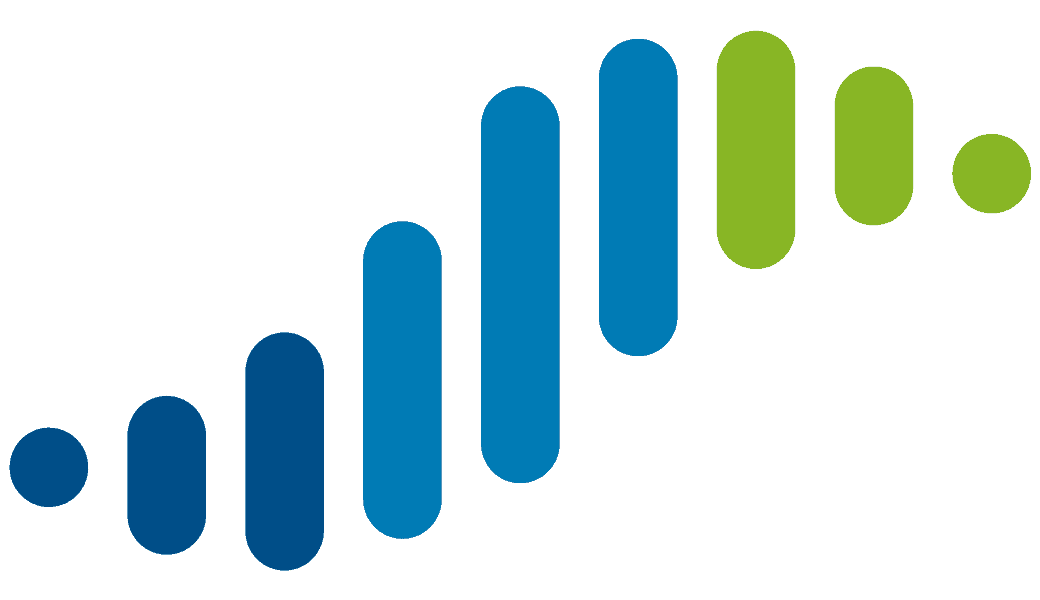
Small Changes, Big Impact: BALTIPLAST Solutions for Plastic-Free Living
17 November 2025
The BALTIPLAST project is helping households take simple, effective steps to cut plastic waste and protect our environment.
Know Your Plastic Footprint
Changing habits starts with knowing where you stand. To make this easier, BALTIPLAST has created a digital inventory tool and a simple checklist that help households track how much plastic they actually use. By recording your packaging waste for just a few weeks, you can quickly see patterns in your consumption and identify where small adjustments will have the biggest impact.
Try it out here: BALTIPLAST Consumer Guide.
Choose Reusable Over Disposable
Switching from single-use to reusable products is one of the easiest ways to cut plastic waste:
- Bring your own shopping bags instead of taking plastic ones.
- Use refillable water bottles and coffee cups.
- Replace disposable cutlery and straws with durable alternatives.
Not only does this reduce waste—it saves money in the long run.
Smarter Packaging Choices
Do you know what your food is wrapped in? BALTIPLAST pilots showed that separating and recycling packaging properly makes a big difference. Households can support this by:
- Checking recycling codes on packaging.
- Choosing products with less or recyclable packaging.
- Supporting local shops that offer refill or deposit systems.
Try Alternatives, But Think Twice
Not every “eco-friendly” looking product is automatically the best choice. Paper bags, glass jars, or cotton totes, for example, can all have a higher environmental footprint if they are used only once or twice. That is why BALTIPLAST encourages households to focus on what truly makes a difference: reduce first, reuse whenever possible, and recycle what’s left.
Everyday Tips That Work
The BALTIPLAST Guide offers dozens of easy-to-follow tips, including:
- Planning your shopping to avoid unnecessary packaging.
- Buying in bulk to cut down on plastic wrappers.
- Sharing experiences with friends and family to inspire others.
Why It Matters
Our oceans are filling up with plastic, and the Baltic Sea is no exception. Studies show that in the Baltic Sea Region, the majority of marine litter is plastic, much of it coming from everyday items like bags, bottles, packaging, and disposable tableware. Once in the water, these items break down into microplastics that harm fish, seabirds, and are even harmful to humans and their health.
Start your journey today with the BALTIPLAST Consumer Guide and show that less plastic really is more.





